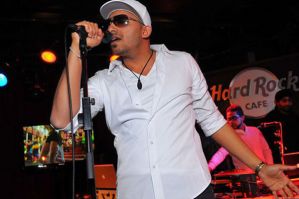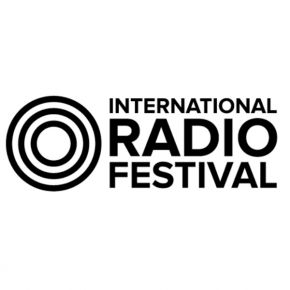Unanimity on switching over to DRM at Indian meet, AIR applauded for taking lead

NEW DELHI: After understanding that it was difficult to halt the march of technology, several speakers at a full-day conference on Digital Radio Mondiale said that All India Radio (AIR) was equipped to launch DRM which would make all short wave and medium channels available to everyone. The reach would be unlike FM which was today available to around 45 per cent of the country (inclusive of 25 per cent coverage by private channels). On the other hand, medium wave covered the entire country.
Several speakers also said AIR had already acquired, installed and ordered around 40 DRM transmitters under a plan approved by the Planning Commission.
Referring to criticism that affordable DRM sets were not available, AIR Engineering-in-Chief R K Budhiraja said that four Indian manufacturers had expressed interest in manufacturing affordable DRM sets in response to a tender floated by AIR, provided there was content and demand. He said eight DRM transmitters had already been commissioned.
The one-day National Seminar'DRM: The Future of Indian Radio - Business Opportunities for Stakeholders' on 28 February is being organised by the Confederation of Indian Industry (CII) in co-operation with the DRM Consortium. The seminar highlights the opportunities offered by the current roll-out of digital radio to the Indian industry.
This is the first of its kind meet on DRM in India, involving technology specialists and representatives of Government and industry. The event is sponsored by a number of companies from India and abroad.
India Chapter of DRM Consortium chairman Yogendra Pal; Budhiraja, and his immediate predecessor R R Prasad said that All India Radio is in the process of replacing or converting 72 MW transmitters to digital ones across the country which should increase coverage to 70 per cent of the Indian population, representing some 800 million people. Four SW transmitters are also being replaced by DRM transmitters. DRM technology provides the listeners with enhanced audio quality, service reliability, added data services, emergency warning alerts, targeted advertising and a more efficient transmission system that greatly lowers the power costs. The Indian listeners will enjoy their preferred radio programmes wherever they are in the country, with no fading or other sound distortions.
He along with DRM Consortium Chairperson Ruxandra Obreja stressed that even the expert committee led by Prime Minister's Adviser on Public Information, Infrastructure and Innovation on Public Information, Infrastructure and Innovation Dr Sam Pitroda in its report submitted last month endorses "the adoption of DRM by AIR".
Obreja said that DRM was the only truly global radio technology, and could broadcast medium and short wave from any country with greater clarity than any other technology. It gave greater choice by giving up to three channels on any frequency.
Pal stressed that FM was also limited by spectrum as all channels in a particular centre had to be between 87 MHz and 108 MHz – totaling 21 MHz. The Telecom Regulatory Authority of India wants 400 MHz to be made available.
However, there was spectrum problem on DRM as up to three channels could be run on a single transmitter.
AIR had four medium wave channels and two FM channels. An attempt earlier to put Vividh Bharati on FM in Delhi had been abandoned as no spectrum was available. Furthermore, AIR did not have any news channel devoted totally to news.'The Government has a right to have its own channel', said Pal, who is currently also posted as Advisor on Cable TV Digitization in the Information and Broadcasting Ministry. He said that AIR alone could do with up to 25 niche channels in Delhi alone. Medium wave covers the entire country.
Giving an example, he said that though World Space radio (which later shut down) in India was only available on digital sets which cost around Rs 5,000, but around 50,000 sets had been sold. Thus, the price would depend on demand and content.
He said that when FM was launched, the country had just four transmitters. Today FM was available in car radios, and 900 million mobile phones.
Furthermore, he said that DRM could have many value added services such as disaster warning systems, short videos, text coming even as music is being played, electronic programme guide, slide shows, traffic information, surround sound, and so on.
He said when the country was getting digital television; it could not remain analogue on radio. He said that DRM had been successfully tested by conducting an experiment on newsonair.com.
He said all the stakeholders - listeners, manufacturers, broadcasters and regulators – would gain with DRM, which was also available to both visually and hearing impaired persons.
AIR deputy director general (Engineering) S K Saxena stressed that 36 DRM transmitters were in various stages of implementation in the country.
Obreja; DRM Consortium Technical Committee vice-chairman Alexander Zink; and Ampegon AG Transmitter Division head Matthias Stoll also showed presentations of how DRM could work.
Contrary to this activity was the last meeting of the Prasar Bharati Board when its CEO Jawhar Sircar suggested freezing the growth of DRM.





















